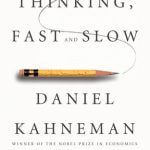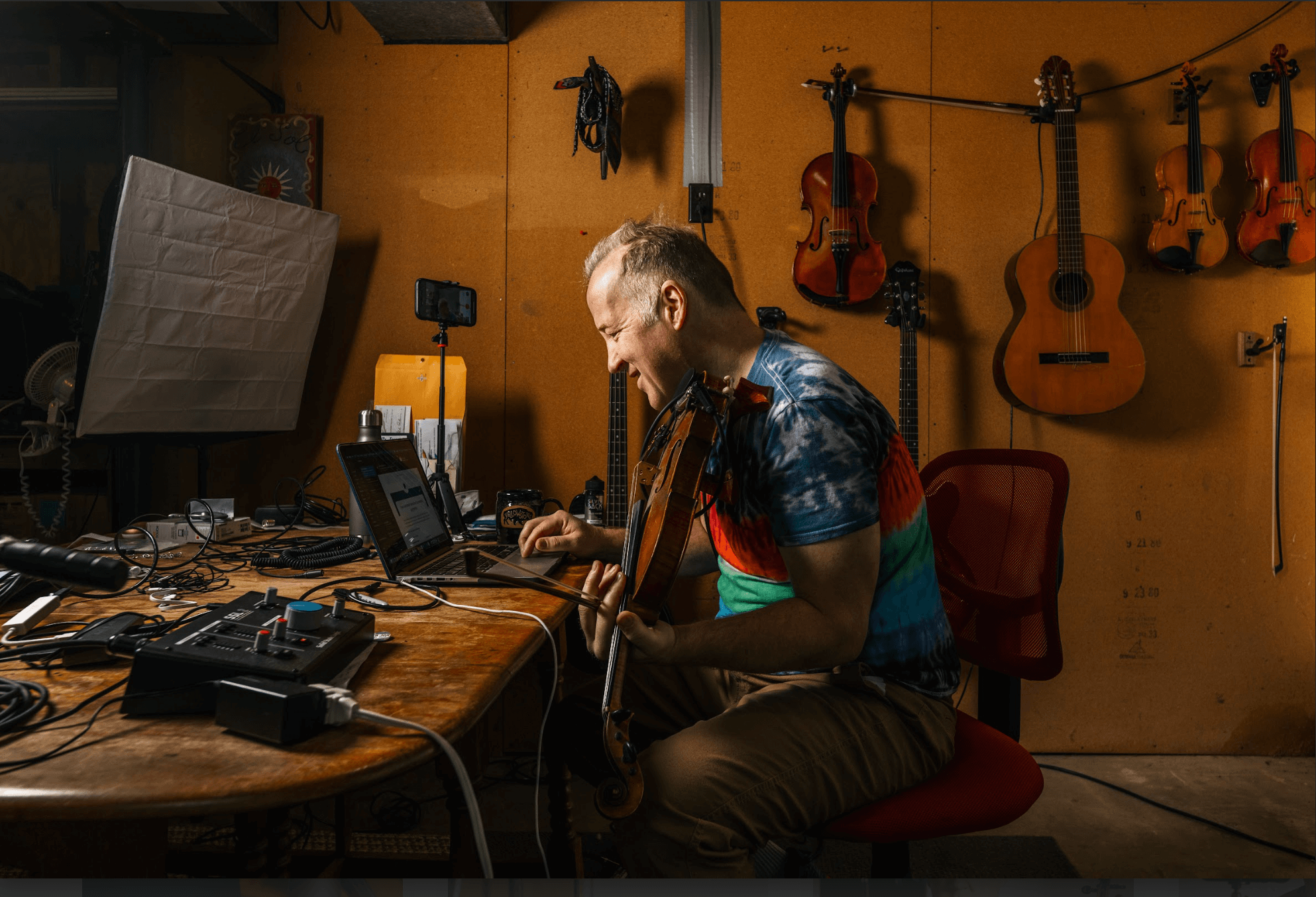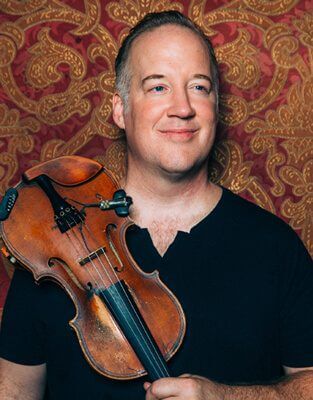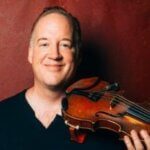Table of Contents
I picked up the book, “Thinking, Fast and Slow”, by Daniel Kahneman
while in the Hong Kong airport during a recent tour of Asia.
I was surprised to quickly recognize parallels between themes in the book and musical improvisation. Daniel Kahneman hits upon many of the same observations I have stressed for classical string players expanding their musicianship into learning jazz violin or cello. For example…
His book makes a case for the importance of practicing fundamentals!
While anyone can start improvising immediately in musically “open”contexts, in order to navigate specific chord progressions one must internalize fundamental harmonic language. Aside from any technical barriers on the instrument, the extent to which any improviser suffers limitations or barriers to improvising is the extent to which he or she has not mastered these fundamentals of harmony.
Most classical musicians make the fatal mistake of assuming, because they self-identify as “musical experts”, that their classical expertise should allow them to excel at jazz and/or improvisation by simply relying on their ears and years of experience as musicians.
The problem with this is that, while they are experts at performing classical music, they are still novices when it comes to information not shared by the classical academy, and their ears will never carry them through the foreign terrain of jazz harmony.
Most Suzuki-trained violinists develop “near-perfect pitch”, which allows them to instantly recognize any classical-sounding melodies falling within the range of the violin, played on the violin. This also allows them to generally recognize basic chord progressions. As long as they’re listening to classical music, folk music, pop music, etc., they can recognize virtually ALL melodies without a problem. They then infer that their ears are “expert” and will equip them for any musical scenario. The problem occurs when they encounter harmonies outside of their wheelhouse, having no reference point, and their ears fail them. Most then assume that they will naturally start hearing other harmonies as long as they just plod along. What they should be doing instead is retraining their ears, and supplementing their knowledge of theory through study, in order to then ingrain new harmonic contexts in the same way that they have ingrained melodies which are familiar through classical training, AKA learning new fundamentals.
Daniel Kahneman, in “Thinking, Fast and Slow”, explains how the mind has two mental states, or Systems of thought; “Fast thinking” and “Slow Thinking”
“Fast Thinking” (System 1) happens automatically/involuntarily, and requires very little effort.
For example, “the capabilities of System 1 include innate skills that we share with other animals. We are born prepared to perceive the world around us, recognize objects, orient attention, avoid losses, and fear spiders.”
System 1 also takes over in areas where we develop expertise. The chess master instantly sees a move on the board; The firefighter senses something is wrong and gets his team out just before the floor collapses. Similarly, the Suzuki-trained violinist hears certain melodies “without thinking about it”.
System two, or “Slow thinking”, “allocates attention to the effortful mental activities that demand it,” requires concentration, and are voluntary. This is the kind of thinking we do to solve an involved multiplication problem or hear the notes in a chord we are not familiar with.
Many musicians I’ve met have become frustrated with harmony and improvisation because they think there is “magic” behind it, or that they were somehow born without the requisite innate abilities and insight.
To those of you feeling this frustration, I encourage patience! Harmony is simply another language with an “alphabet” that can be learned through memorization and drilling. Once you go through systematic practice, you will master it and your “musical expertise” will lead you through jazz or other scenarios in the same way it has led you through string quartets, sonatas, and orchestral music.
I highly recommend the book! And I highly recommend that all classically trained musicians interested in developing their musicianship do the following:
1) Distinguish between the areas of music in which you are an “expert” and the areas in which you are not. Your ears may be finely attuned to melodies and clueless when apprehending harmony. You may feel the beat effortlessly in 4/4, and need to spend time learning 7/8.
2) Systematically practice memorizing or “internalizing” harmonic information relevant to your musical interests, whether bluegrass, rock, jazz, etc. Do this both by retraining your ears AND by analytical practice.









